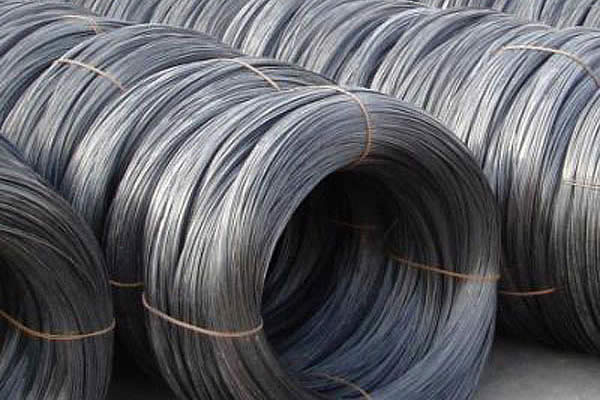 TEL:
+86-13102802206
TEL:
+86-13102802206
 Email:
fencenetting@china.com
Email:
fencenetting@china.com
 Language
Language
 TEL:
+86-13102802206
TEL:
+86-13102802206
 Email:
fencenetting@china.com
Email:
fencenetting@china.com
 Language
Language


Installing a Pool Fence Essential Steps and Considerations
A swimming pool is a fantastic addition to any home, providing an oasis of relaxation and recreation. However, it also introduces certain safety concerns, especially when it comes to children and pets. This is why installing a pool fence is not only a smart choice but often a legal requirement in many areas. This article will guide you through the essential steps and considerations for installing a pool fence to ensure safety, compliance, and aesthetic appeal.
Understanding Pool Fence Regulations
Before diving into the installation process, it's crucial to familiarize yourself with local regulations regarding pool safety. Many jurisdictions have specific requirements concerning the height, type, and design of pool fences. Typical regulations may dictate that pool fences should be at least four feet high and constructed from materials that meet safety standards. Furthermore, gates should be self-closing and self-latching, ensuring that children cannot access the pool area unsupervised. Always check with local authorities or building codes to ensure compliance.
Choosing the Right Type of Pool Fence
Pool fences come in a variety of materials and designs, each offering unique benefits
1. Mesh Fencing This is a popular option for many homeowners due to its visibility and flexibility. Mesh fences are removable, allowing for ease of access when not in use. They are also childproof, as they feature self-closing gates.
2. Aluminum Fencing Durable and aesthetically pleasing, aluminum fences do not rust and require minimal maintenance. They provide a professional look while ensuring safety.
3. Glass Fencing For those looking to maintain an unobstructed view of the pool area, glass fences are an excellent choice. They are modern, stylish, and durable, though they tend to be on the pricier side.
4. Wooden Fencing While wooden fences can provide a classic look, they require regular maintenance to prevent rot and deterioration. Ensure the wood is treated for outdoor use if you opt for this material.
5. Vinyl Fencing This low-maintenance option is resistant to fading and does not require repainting. Vinyl fences can mimic the appearance of wood without the associated upkeep.
Planning the Installation

Once you have chosen the type of fence, it’s time to plan the installation. Here are the key steps to follow
1. Measure the Area Accurately determine the perimeter of your pool area to ensure you purchase enough fencing material. Take into consideration any landscaping or other obstacles that may affect the installation.
2. Select the Location Ideally, the fence should be installed a safe distance from the edge of the pool. This not only provides extra safety but also allows for maintenance activities.
3. Gather Necessary Tools and Materials Depending on the type of fence you are installing, you will need specific tools such as post hole diggers, a level, a hammer, and screws or bolts appropriate for the chosen materials.
4. Mark the Fence Line Use stakes and string to outline the perimeter of the fence. This will provide a clear visual guide as you install the panels.
5. Install the Posts Begin by digging holes for your fence posts, placing them at intervals defined by your fence design. Ensure they are set deep enough to provide stability and use a level to maintain alignment.
Installing the Panels and Gates
After securing the posts, attach the panels or mesh to the installed posts. Follow the manufacturer's instructions to ensure a proper fit. Pay close attention to gate installation, ensuring that it swings outward (away from the pool) and that the latch is placed out of reach of children.
Final Touches and Safety Checks
Once the fence is installed, perform a thorough safety check. Ensure that all gates close and latch properly and that the fence is sturdy and free of gaps. It’s also a good idea to periodically inspect the fence for any wear and tear over time.
Conclusion
Installing a pool fence is a crucial step in safeguarding your pool area. By carefully selecting the right materials, following local regulations, and executing a solid plan, you can enjoy your pool with peace of mind. Remember, the safety of your loved ones is paramount, and a well-constructed pool fence provides an essential barrier to prevent accidents. Whether you choose to tackle the installation yourself or hire a professional, you can take pride in creating a safer swimming environment for everyone to enjoy.